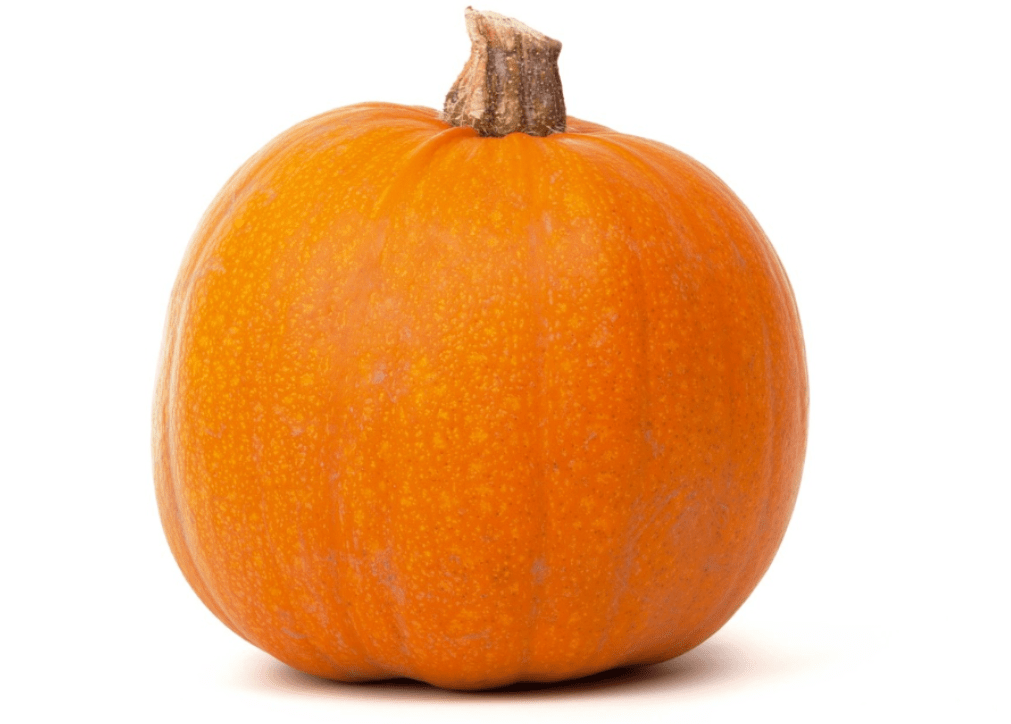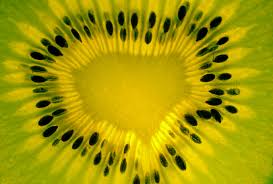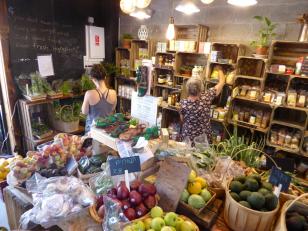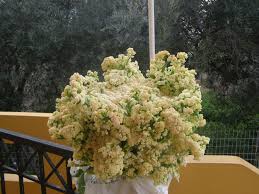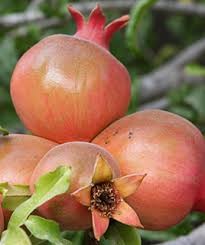If you assumed that pumpkins and squash are winter vegetables (more accurately, botanically speaking, they are classified as fruits), you're not entirely mistaken. Gourds are indeed a typical winter crop, associated with Halloween and rich in flavors and aromas of the cold season.
But why is available now, during the heat of August? And how can we embrace it during these warm and sun-soaked days?
To address the second part of the question, the answer is refreshingly simple. The kabocha squash we're introducing today is easily combined into a variety of distinct summer dishes, making it a versatile addition to your table.
Regarding the first part of the question, let's dive a bit deeper. First, allow me to allay any concerns by clarifying that the Japanese kabocha squash present in your weekly vegetable box was not refrigerated since winter, but was actually comfortably sunbathing in the organic section of one of our trusted growers.
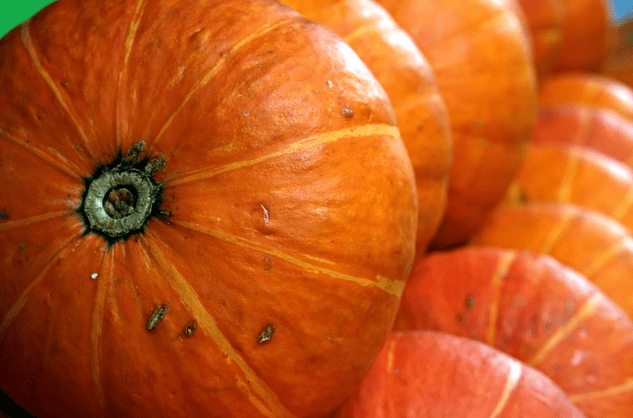
The fact is that all gourds originate from the Americas, including the Japanese kabocha squash. But the geography and the climate change allowed certain varieties of gourds at certain parts of the world to ripen even in the midst of summer.
Now, let's explore the fascinating story of the Japanese kabocha squash.
To answer this question, we need to rewind to the 16th century—a pivotal era in shaping today's global culinary landscape. After the discovery of the Americas, a treasure trove of novel agricultural marvels traversed oceans, reaching the "Old World" (Europe, Asia, and Africa) and transforming culinary traditions.
Think of the potato and tomato, the pepper and cocoa, maize and sugar, the Jerusalem artichoke—and of course, the gourds are all part of the list.
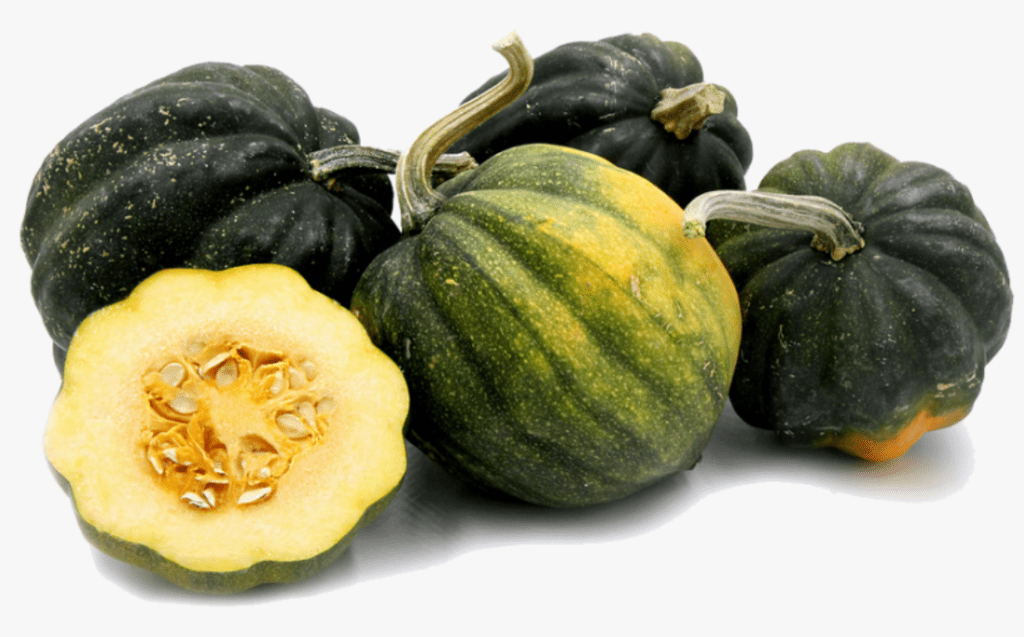
None of these existed before the late 16th century in the Old World, yet today, they're essential in kitchens worldwide.
During this same era, Japan began welcoming Western trade, and Portuguese explorers, with their significant presence in the Americas, frequented its shores.
This marks the introduction of the gourds to Japan. The kabocha squash evolved from those very gourds that arrived in the country via Portuguese explorers during the 16th century.
This kabocha variety is very different from the larger traditional pumpkin and bears a closer resemblance to Chestnut squash, as I've previously discussed here. Some even suggest that they might be two distinct subspecies of the same variety.
Like the Chestnut squash, the kabocha squash is small and round, marketed whole, and its flavor does indeed remind the flavor of chestnuts.
Although the Japanese hadn't even encountered gourds 400 years ago, they embraced and seamlessly incorporated it into a range of cold and warm dishes. Today, it holds a prominent place in traditional Japanese cuisine.
Like all gourds, the kabocha squash is rich in beta-carotene, the pigment responsible for its orange color and serves as an excellent source of vitamin A. Additionally, it's packed with vitamin C, potassium, iron, and dietary fiber.
How best to enjoy it during summer?
Some enjoy adding it to chilled salads or ceviche. Personally, I prefer slicing it, roasting it in the oven, allowing the roasted kabocha squash slices to cool, and then using them in cold platters or as a refreshing side dish to complement a light main course.
Now, during the hottest days of august, I find I turn in to a gourd at the clock strikes 12 noon.

